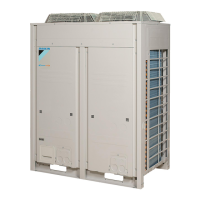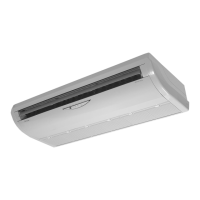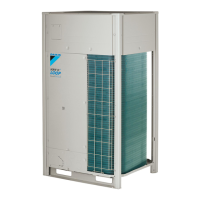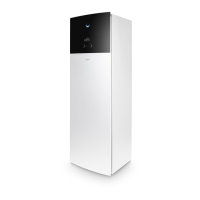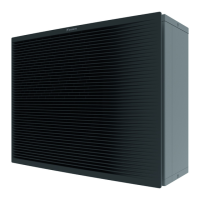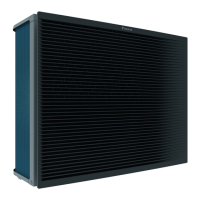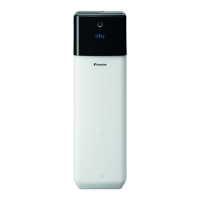Why my Daikin LXE10E-A14 unit does not operate?
- MMichael GuzmanJul 25, 2025
If your Daikin Heat Pump isn't operating, several factors could be at play. First, check for a power failure and restore power if necessary. Ensure the equipment power supply is turned on and that the power plug is correctly connected and making good contact. Also, verify that the circuit breaker is activated. In addition, the unit might have shut down due to an alarm; resolve the alarm condition and reset the unit.


